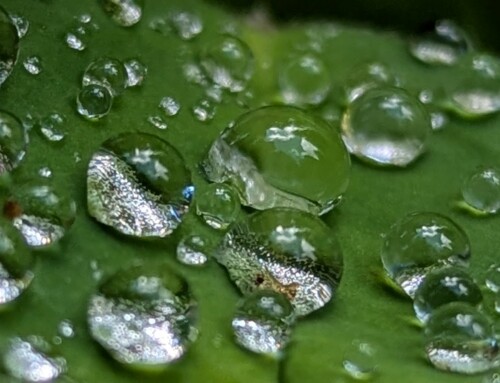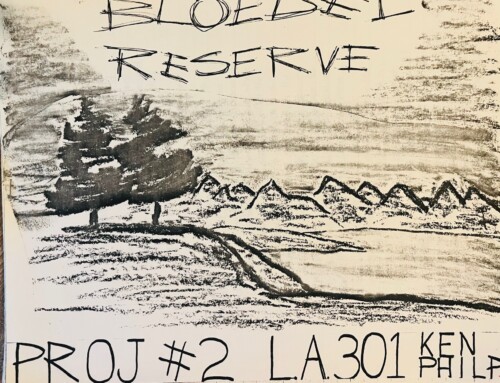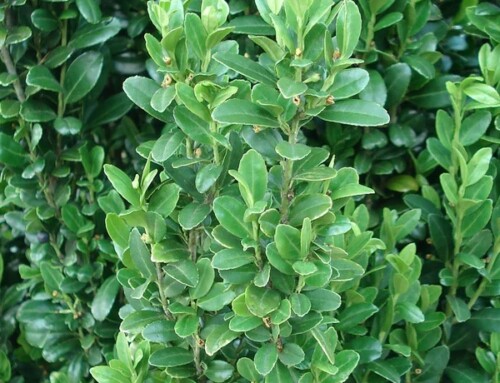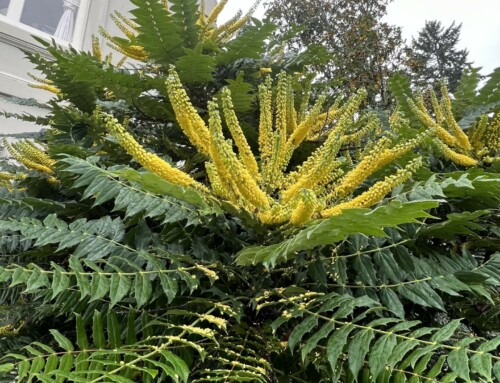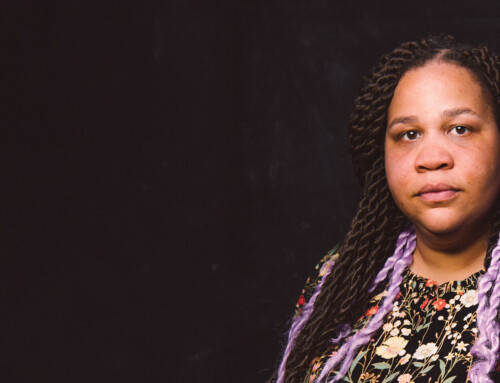The Evolution of Bloedel’s Buxton Bird Marsh & Pollinator Meadow
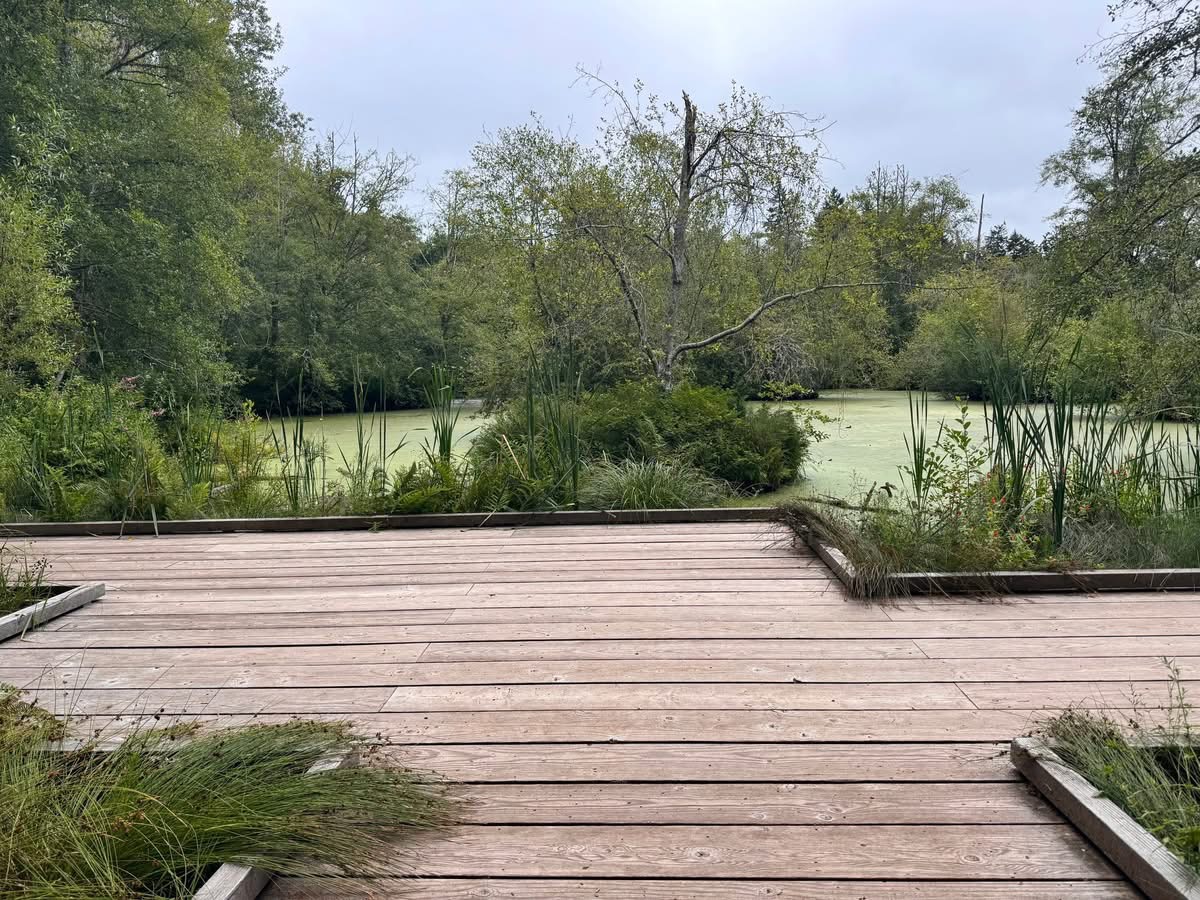
Buxton Bird Marsh
Tucked into the southern portion of Bloedel Reserve, the Buxton Bird Marsh and Pollinator Meadow are living laboratories, places of experimentation, learning, and transformation. Though very dynamic and still in the early stages of development, these areas reflect our deepening commitment to wildlife habitat, pollinator health, and conservation-forward gardening.
A Wildlife-First Approach
Wildlife has always found sanctuary at Bloedel. Every garden space across our 140 acres is designed to support biodiversity, from forage-rich borders to habitat-enhancing plantings. But in the Bird Marsh and Pollinator Meadow, the goals go even further. Here, plant species are selected and management practices shaped with one purpose in mind: to benefit wildlife and pollinators above all else.
Buxton Bird Marsh is designed to provide top-tier habitat for birds, mammals, amphibians, reptiles, and beneficial insects, offering shelter, nesting grounds, and critical forage throughout the year.
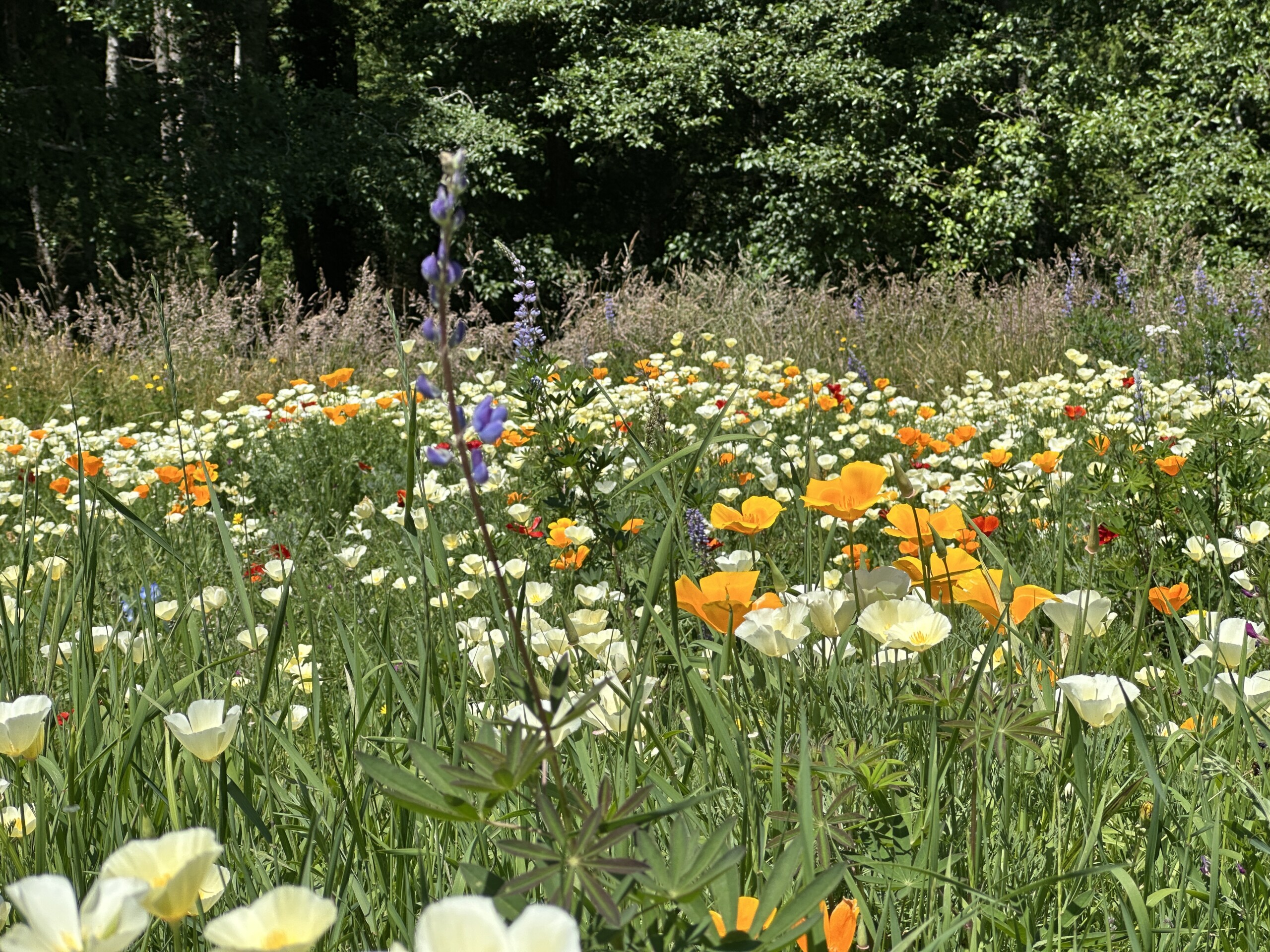
Pollinator Meadow
Pollinator Meadow, meanwhile, aims to host a vibrant, ever-changing tapestry of native grasses and blooming herbs, offering diverse sources of nectar and pollen from late winter through mid-autumn. It’s a haven for bees, butterflies, moths, and the countless unsung heroes of pollination.
From Pasture to Pollinator Paradise
Before renovation work began in 2018, the three-acre meadow was dominated by tough, persistent pasture grasses. Despite early efforts, those grasses, and the broad-leaved weeds that accompany them, continue to pose a challenge. Rather than taking a one-size-fits-all approach, we’re refining our tactics section by section, learning what works best for our unique climate, soil, and ecology. To date, we’ve experimented with a range of treatments including various applications of prescribed fire, solarization and occultation, tilling and planting, customized seed mixes, protecting seeded areas from bird predation, and using chickens to reduce the cover and vigor of undesirable vegetation.
Progress is slow, and often labor-intensive. As a small nonprofit, we are limited in resources, but not in vision. Even small successes come at high cost but they’re paving the way for something bigger.
A Model for the Pacific Northwest
We’re not just growing a meadow, we’re growing knowledge. This is one of the only known attempts in Western Washington to establish a pollinator-rich plant community of this size and diversity. As such, Bloedel’s meadow is becoming a model for others in our region and beyond; gardeners, land managers, park planners, and conservationists alike.
Our work here is shaping best practices for how pollinator habitats can be created and managed on a meaningful scale, from backyard gardens to public lands.
Powered by Partnerships
We couldn’t do this work alone. Our progress has been made possible thanks to strong partnerships and a dedicated community. From Woodland Park Zoo’s wildlife monitoring efforts, to prescribed burns managed by the Bainbridge Island Fire Department, to invasive species removal by the Weed Warriors and hands-on help from our volunteers; every partner plays a crucial role in the ongoing evolution of this place.
A Living, Breathing Community Asset
The Pollinator Meadow may still be a work in progress, but it’s already a rich ecological resource for both wildlife and people. As we continue to learn and adapt, we remain committed to nurturing this space with care, creativity, and a vision for a more pollinator-friendly future, right here at Bloedel Reserve.
–Written by Haley Wiggins, Gardens South Manager


We partner with the Bainbridge Island Fire Department to conduct large-scale prescribed burns in late summer, and also use flame weeders in fall and spring to target invasive weeds and prepare seed beds.


Laying down clear plastic (termed ‘solarization’) or black fabric or plastic (known as ‘occultation’) over herbaceous vegetation for a prolonged period significantly weakens or kills the underlying plants. We’ve found that occultation is more successful that solarization in our locale.



Tilling is a method to manually kill herbaceous vegetation and prepare an area for planting. Prior to tilling, we salvage any pollinator plants that have established in the area and after, we mix in our house-made compost. The final step once plants are installed is to mulch the planting with arborist chips.

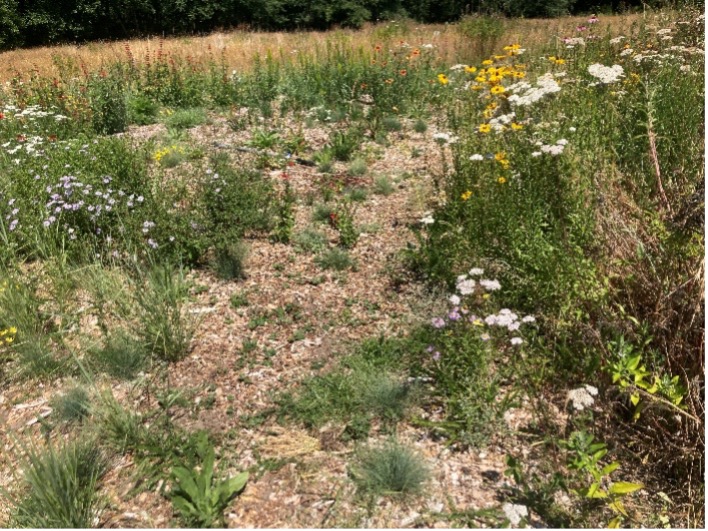
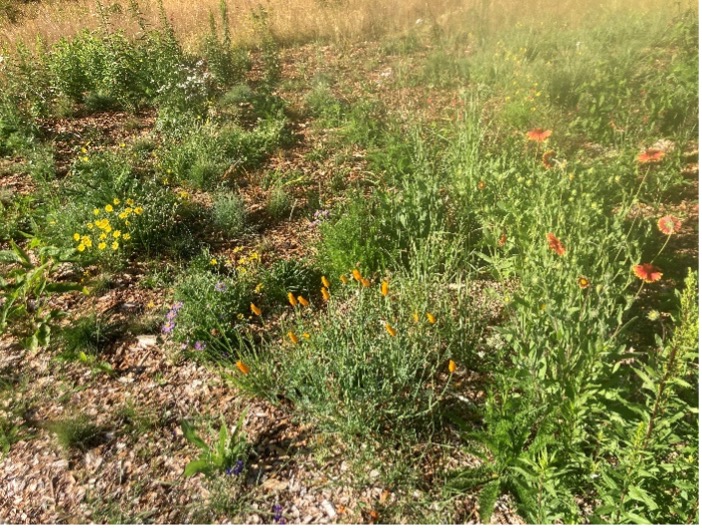
Our first tilling and planting project was installed in spring 2024, and following great success we repeated the process in late spring of 2025.

We build custom seed mixes using a tool called a “seed calculator” – a spreadsheet of embedded formulas, which allows us to experiment with the proportion of annual to perennial herbs and of grasses to wildlfowers within a mix.
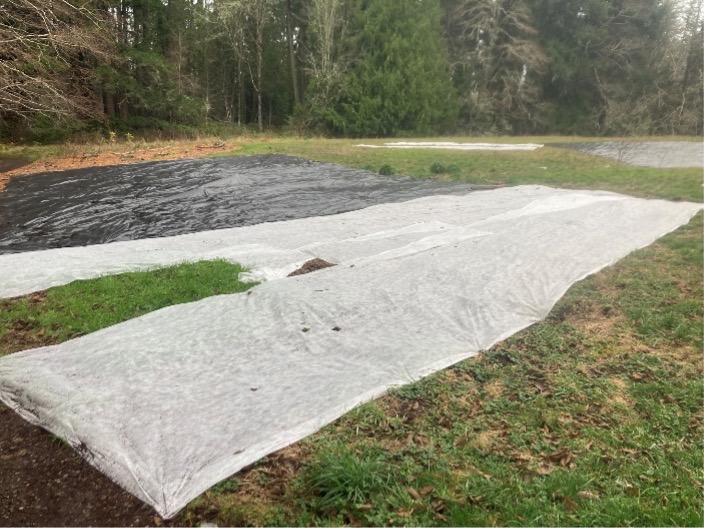
Songbirds seem to descend in the dozens once we sow our seeds, so we’ve looked into ways to protect them from predation. Floating row covers, lightweight material made from spun wool, are commonly used in agriculture and can help keep birds from decimating a seeding project. However, rodents appreciate the cover that is provided, which then attracts coyotes, who very efficiently rip the material to useless shreds. Further experiments with bird netting are ongoing!
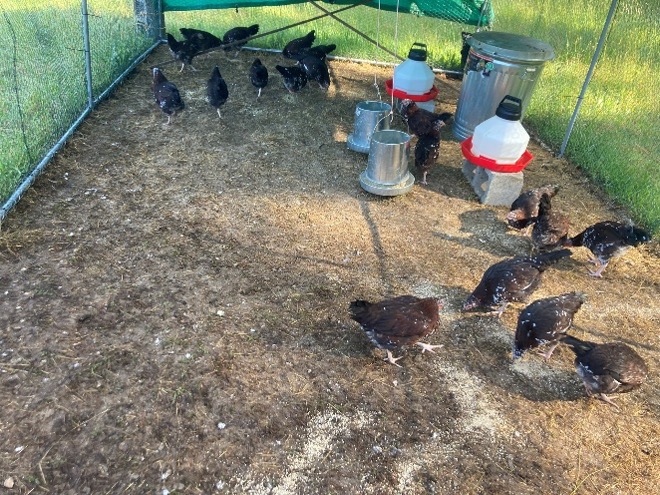
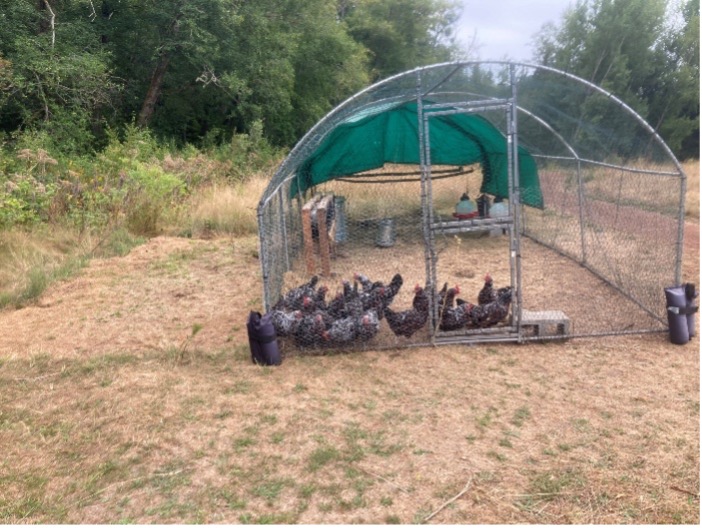
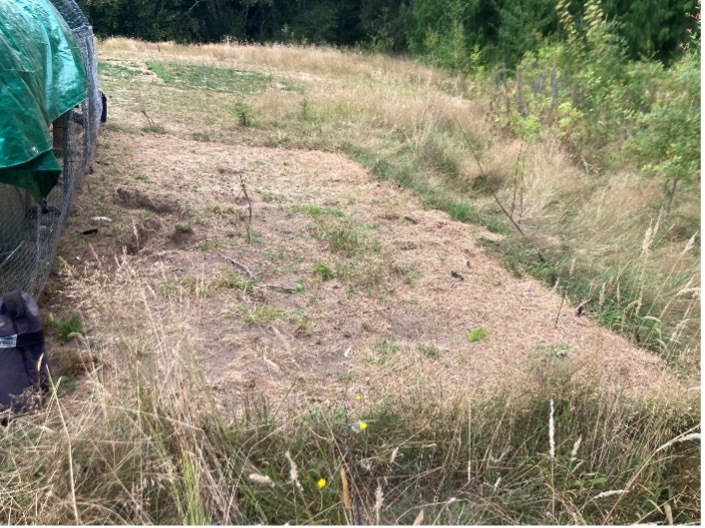
Inspired by Bloedel Senior Horticulturist Sonja Parker, who has extensive experience poultry farming and using animals for land clearing, we rotated 18 hens around four adjacent areas within a small meadow section in 2024. The chickens were popular with visitors and helped eradicate undesirable vegetation within the area and prepare it for planting.


